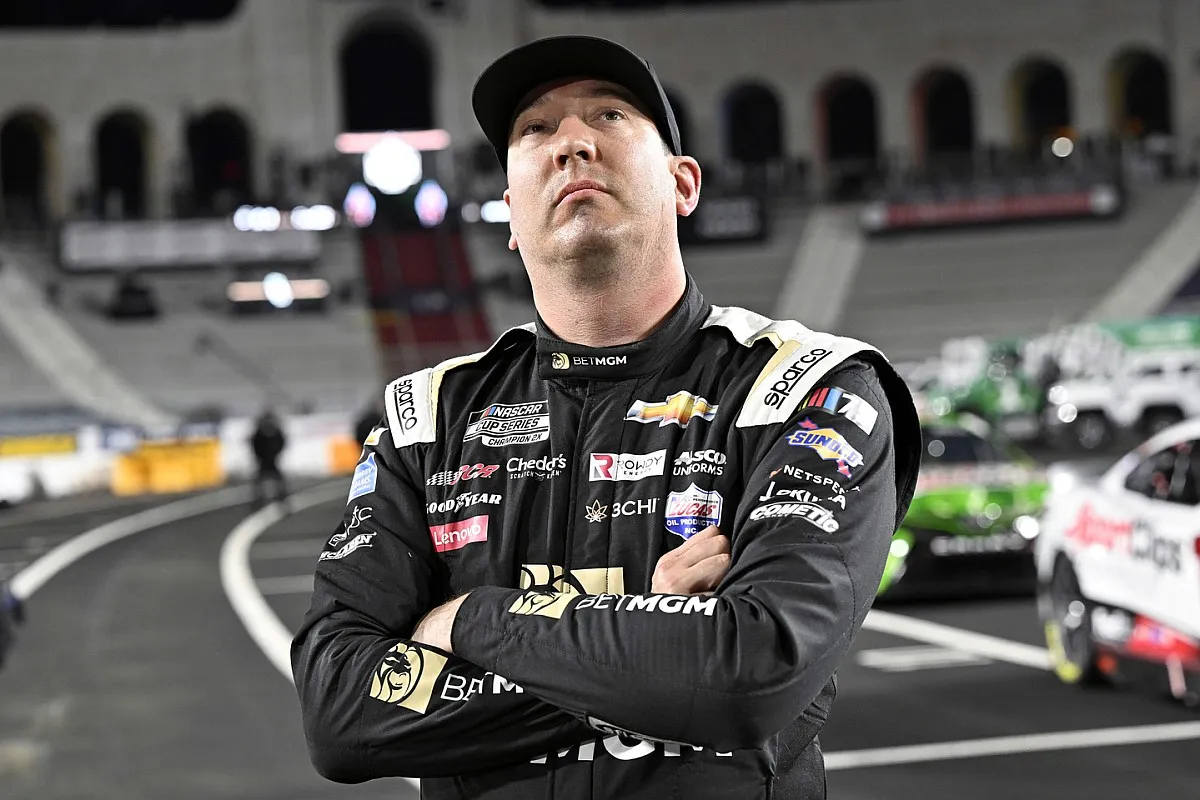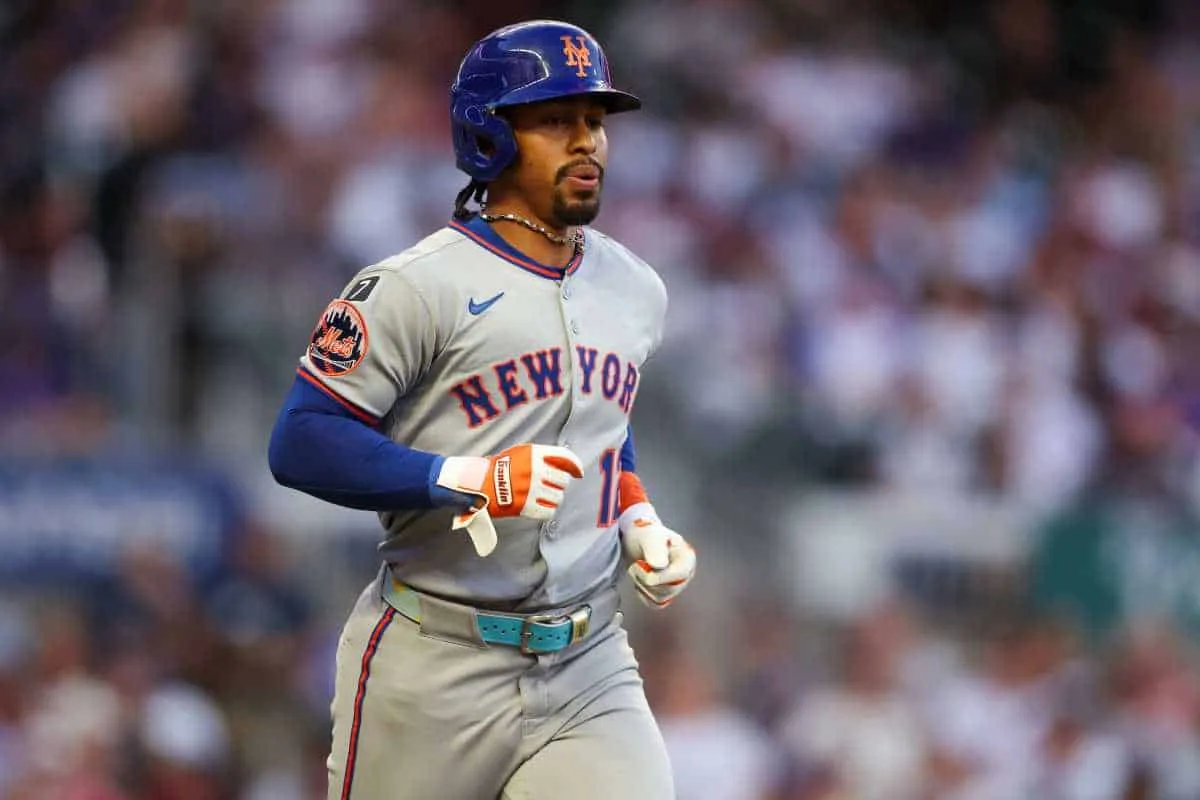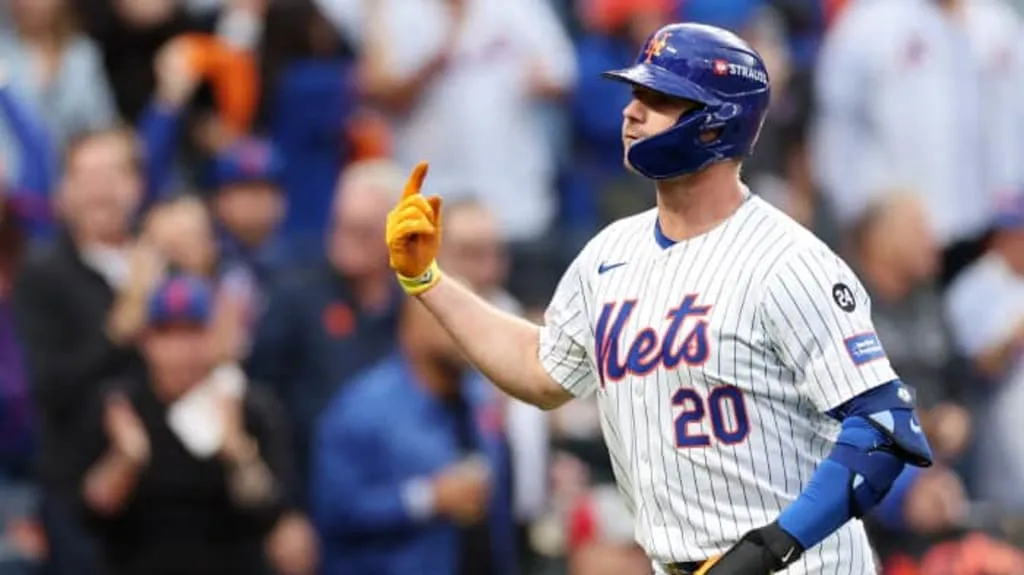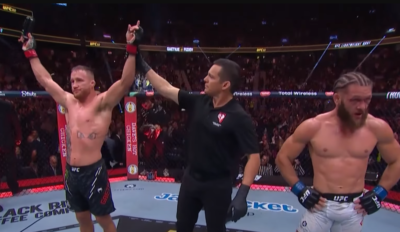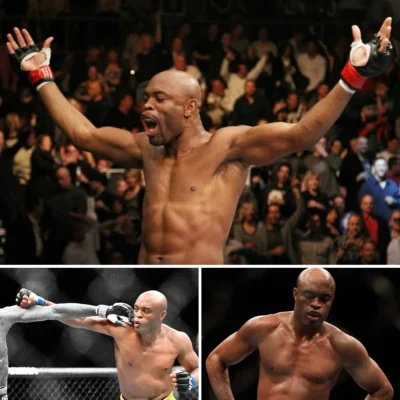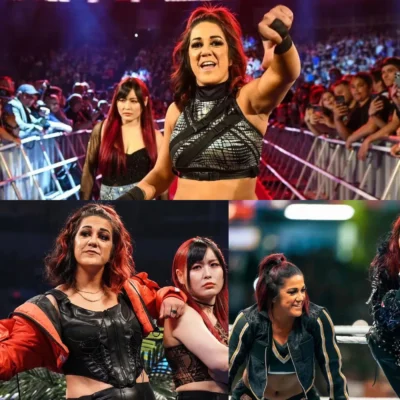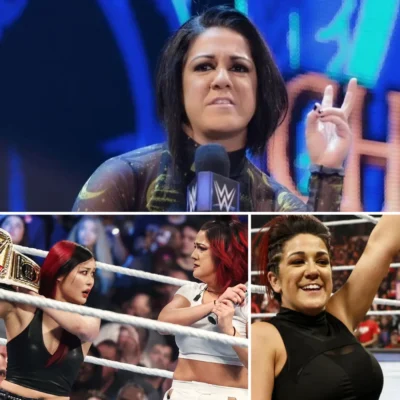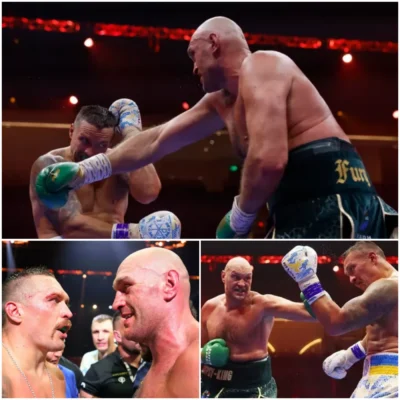
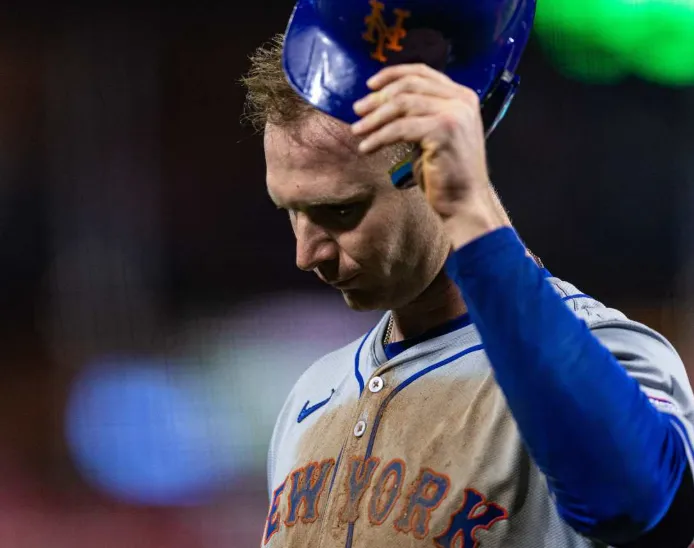
Vlad Guerrero Jr. Sets a Record of 500 Million USD: Why Did Pete Alonso ‘Miss’ the Opportunity to Increase His Contract Value?
There’s a classic adage in baseball front offices: “Pay the player before he gets great.” That philosophy seems to be making a comeback in 2025. Teams across Major League Baseball are once again doling out massive contract extensions to young stars before they hit the open market. One of the most eye-catching moves this season has been the Toronto Blue Jays signing Vladimir Guerrero Jr. to a stunning 14-year, $500 million extension—the third-largest total contract in MLB history. But does this blockbuster deal shift the landscape for Pete Alonso, the power-hitting first baseman for the New York Mets?
Not quite.
Despite the similarities in position, Alonso and Guerrero Jr. are fundamentally different cases—on the field, at the negotiating table, and in the minds of team executives. In fact, Guerrero’s mega-deal may do more harm than good to Alonso’s hopes of landing a similarly lucrative contract when he hits free agency.
Let’s dive into why Guerrero’s extension is unlikely to help Pete Alonso—and may even complicate his financial future.
Guerrero Jr.’s Contract is in a League of Its Own
While it’s tempting to compare two first basemen with All-Star pedigrees, Vladimir Guerrero Jr. exists in a different contractual universe. His new extension with the Blue Jays was crafted to buy out arbitration years and avoid free agency entirely. Guerrero was already under team control through 2025, but Toronto acted proactively, locking up his prime years before outside bidders could enter the equation.
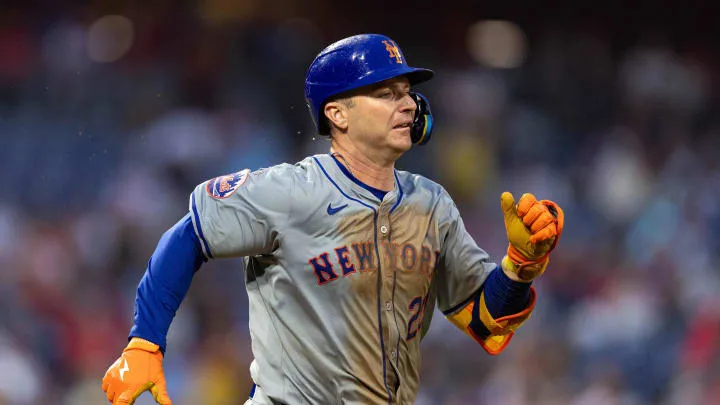
That’s crucial. Pete Alonso is a free-agent-to-be, scheduled to hit the market after the 2025 season. Unlike Guerrero, Alonso will be negotiating as an older player (entering his age-31 season in 2026), with zero team control remaining. This means that teams must view Alonso’s future strictly through the lens of what he’ll be, not what he’s been. Guerrero, by contrast, was signed for both past performance and projected peak value.
Age and Team Control Define Market Comparisons
One of the most misleading elements in contract discourse is the assumption that all high-performing players can be compared across the board. In reality, MLB contract valuation hinges on a few core metrics: age, position, service time, and years of team control.
Guerrero Jr. is only 26. He’s a former MVP finalist who has been in the league since age 20. Toronto essentially bought out his entire prime. That’s rare air. Comparatively, Alonso didn’t debut until he was nearly 25. While he’s been one of baseball’s premier power hitters since 2019, his value trajectory is very different.
Moreover, Guerrero’s extension is structured around keeping him in Toronto through multiple prime seasons. Alonso, on the other hand, will enter free agency looking to be paid for what he does from age 31 onward. That’s a huge difference in team perception and financial risk.
Superstar Youth is a Separate Contract Tier
This brings us to a vital concept in modern baseball economics: superstar youth is in its own category. We’ve seen this trend before. Fernando Tatis Jr.’s 14-year, $340 million deal and Bobby Witt Jr.’s 11-year, $288.8 million extension are prime examples. These contracts were handed out before players even touched free agency, ensuring that their teams captured multiple MVP-caliber seasons at (eventually) below-market rates.
Crucially, none of these deals shift the market for free-agent first basemen in their 30s. That’s not how front offices operate. Instead, young superstars create their own sub-market—one where teams are essentially betting on breakout value and marketing potential as much as on-field production.
When Witt Jr. signed his deal with Kansas City, no one expected that to reset the shortstop market for 30-something veterans. Similarly, Guerrero’s extension is not a blueprint for Alonso, but rather a product of a completely different evaluation framework.
Pete Alonso’s Value Is Measured Through Free Agency Risk
Pete Alonso’s case is rooted in a very different conversation: What is the true market for an aging power-hitting first baseman with declining defensive metrics? While his offensive output remains formidable—averaging over 40 home runs per season since debuting—teams are becoming increasingly hesitant to overpay for one-dimensional sluggers past their 30s.
Unlike Guerrero Jr., whose youth and athleticism offer long-term upside, Alonso faces questions about aging curves, injury risk, and defensive limitations. These factors all combine to depress the ceiling on his eventual deal, even if his bat remains elite.
Historically, free agents in Alonso’s mold—think Chris Davis, Albert Pujols, or even Paul Goldschmidt—have signed lucrative contracts, only for those deals to age poorly. Modern front offices remember these cautionary tales. They also see Alonso’s declining on-base percentage and streaky production as red flags.
The Mets’ Internal Dynamics Further Complicate Alonso’s Outlook
It doesn’t help that Alonso plays for a franchise in transition. The New York Mets are undergoing a philosophical shift under team owner Steve Cohen and new President of Baseball Operations David Stearns. After a 2024 season that fell short of expectations, the Mets appear focused on long-term flexibility, not emotional attachments.
There have been signs that Pete Alonso is not a guaranteed centerpiece of their future. While fans love his passion and clubhouse presence, the front office has shown reluctance to engage in extension talks—despite multiple opportunities over the past two offseasons.
Now, with free agency looming and a market filled with cheaper, younger options, the Mets may be more inclined to let Alonso walk than match a Guerrero-style mega-deal. The fact that Toronto extended Guerrero only underscores how little faith the Mets may have in doing the same with Alonso.
Free Agency Will Reveal Alonso’s True Market—Not Guerrero’s Extension
At the end of the day, the only market that matters for Pete Alonso is the one he’ll face in November 2025. Guerrero’s $500 million figure may look tantalizing, but it’s irrelevant to Alonso’s situation. His comparables will include past contracts for older free-agent sluggers—Freddie Freeman’s six-year, $162 million deal with the Dodgers comes to mind—or perhaps Matt Olson’s eight-year, $168 million extension, though Olson was two years younger at the time.
If Alonso is lucky, he could approach the $180–200 million range, but that’s assuming teams ignore positional value concerns and prioritize his power metrics. Anything north of $250 million would be a stretch. Guerrero’s $500 million? That’s a different planet.
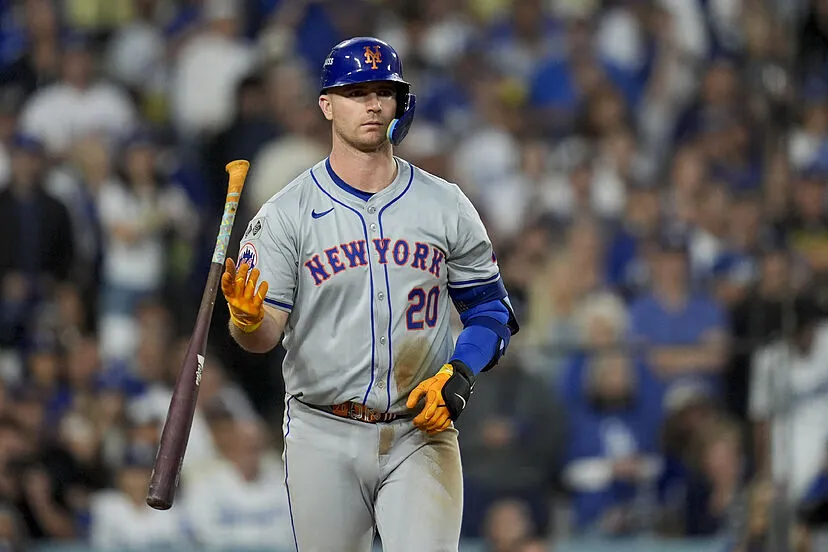
Alonso’s Future Depends More on 2025 Performance Than Market Comparisons
Ultimately, Pete Alonso’s contract fate will be decided by what he does in 2025—not what Vladimir Guerrero Jr. earns. If Alonso stays healthy, hits 40+ home runs, and leads the Mets to playoff success, his market value will improve. If not, he risks becoming another example of a declining slugger chasing past glory.
So while fans and pundits may salivate over Guerrero’s extension, the reality for Alonso is much more complicated. His free agency is a test of value under pressure, aging trends, and evolving front office philosophies—not a celebration of superstar youth.
Conclusion: Vlad’s Extension Is a Spectacle, Not a Signal
To the casual fan, Vladimir Guerrero Jr.’s $500 million contract might seem like a sign that Pete Alonso is next in line for a mega-deal. But in reality, it’s a reminder that not all stars are treated equally in the eyes of MLB teams. Age, control, versatility, and projection matter—and in almost every category, Guerrero has the edge.
Pete Alonso remains one of baseball’s most dangerous power hitters, but his free-agent path will be shaped by a different set of metrics, and likely, a different level of demand. As the 2025 season plays out, the best thing Alonso can do is mash home runs and hope teams are still willing to bet big on aging sluggers.
But make no mistake: Guerrero’s deal doesn’t help him. It only reminds us of how rare his situation truly is.








